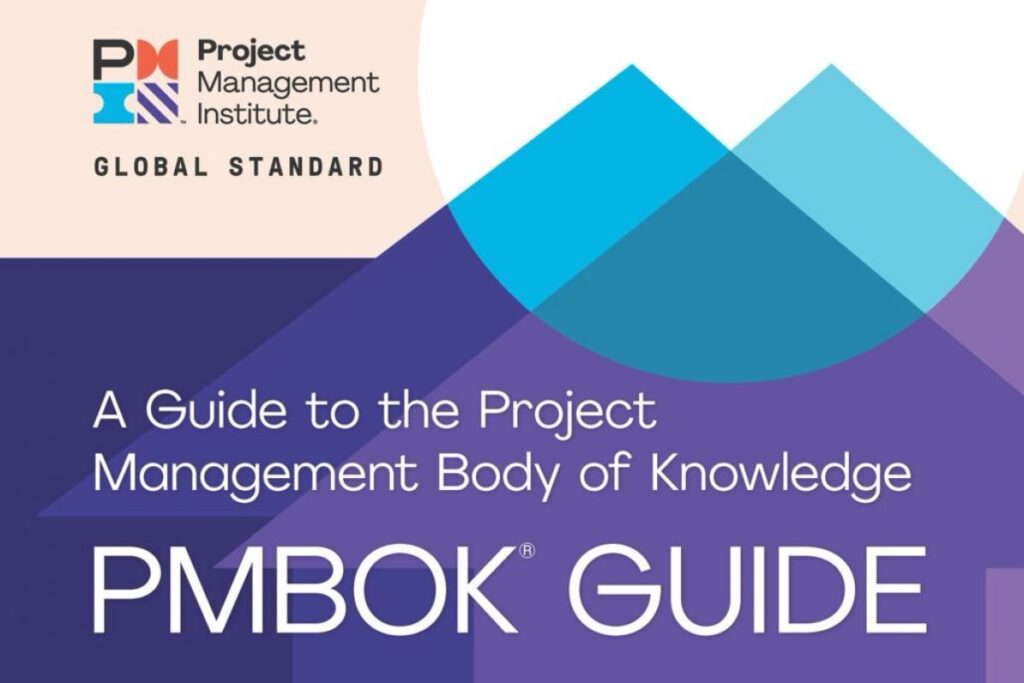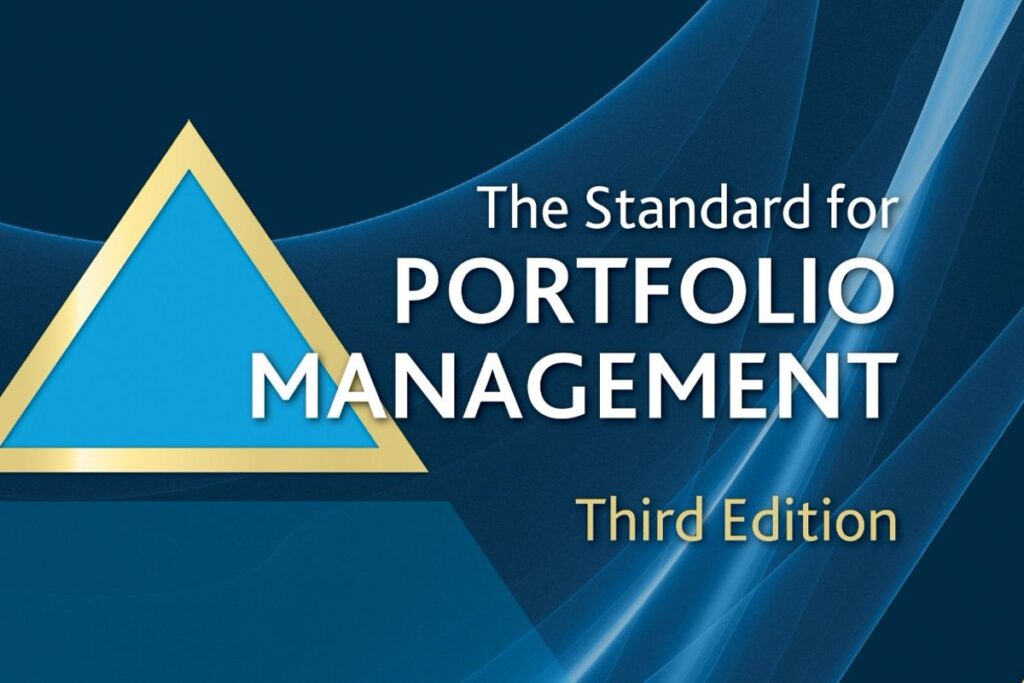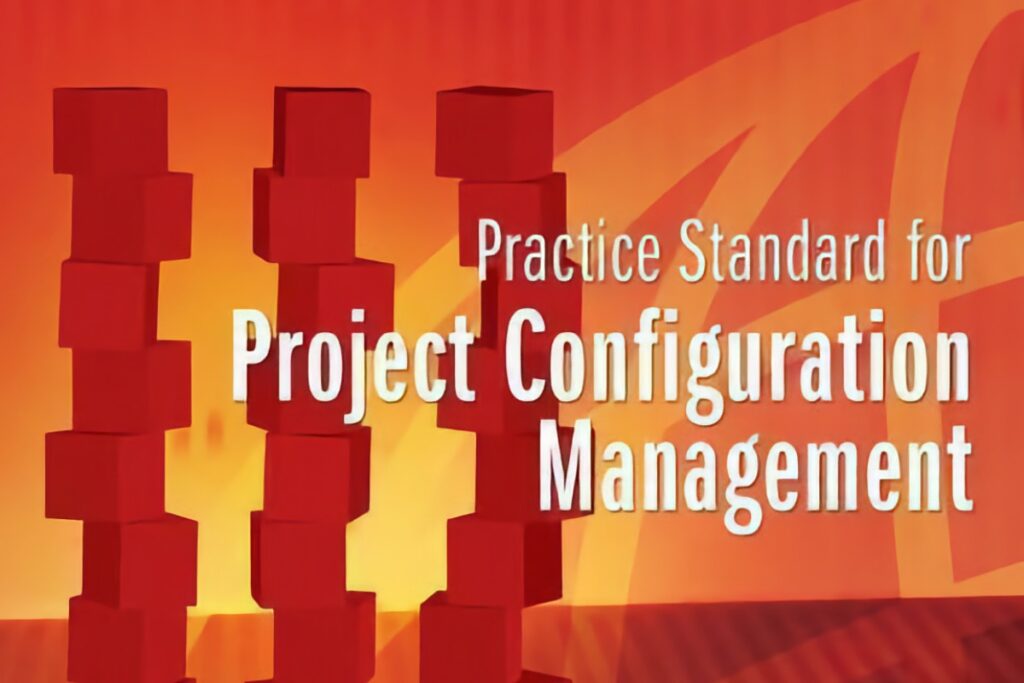The PMBOK® Guide – Seventh Edition, published by the Project Management Institute (PMI) in 2021, marks a significant paradigm shift in how project management is framed. Instead of focusing heavily on processes, tools, and inputs/outputs like in the Sixth Edition and earlier, PMBOK 7 embraces principles, performance domains, and value delivery.
PMI responded to the rapid changes in the project environment—driven by agile, digital transformation, complexity, and hybrid practices—by making the Seventh Edition methodology-neutral and more adaptable to various project types.
Key Changes and What’s New in PMBOK 7
1. From Process-Based to Principle-Based
PMBOK 6:
- Structured around 49 processes, grouped under 5 Process Groups and 10 Knowledge Areas.
PMBOK 7:
- Replaces process groups and knowledge areas with 12 project management principles that act as guidelines, not strict rules.
- Focuses on professional behavior and decision-making, not checklists.
Example Principle: “Tailor based on context” – this encourages project managers to adapt frameworks to the needs of the project, rather than following a rigid structure.
2. Performance Domains Instead of Knowledge Areas
PMBOK 6:
- Emphasized domains such as Scope, Time, Cost, Quality, etc.
PMBOK 7:
- Introduces 8 Performance Domains, which are broad areas of focus that contribute to effective delivery:
- Stakeholders
- Team
- Development Approach and Life Cycle
- Planning
- Project Work
- Delivery
- Measurement
- Uncertainty
These are system-oriented and outcome-focused, rather than task-oriented.
3. New Emphasis on Value Delivery
PMBOK 7:
- Introduces the “Value Delivery System”—a holistic view of how portfolios, programs, and projects work together to create value for organizations.
- Encourages continuous alignment with strategic objectives.
This is a big change from PMBOK 6, which focused more on delivering outputs than ensuring value.
4. Tailoring and Customization Encouraged
While PMBOK 6 mentioned tailoring, it was lightly touched upon.
PMBOK 7 fully integrates tailoring as a principle and practice:
- Recognizes that no one-size-fits-all approach exists.
- Encourages using Agile, Hybrid, Waterfall, or blended methodologies as appropriate.
5. System Thinking and Complexity
New themes:
- Systems thinking: Understanding interdependencies between various parts of the project environment.
- Complexity thinking: Accepting that not all elements are predictable and linear.
- These were not formally addressed in PMBOK 6.
6. PMI Standards+ Integration
PMBOK 7 does not include detailed tools, techniques, inputs, and outputs. Instead, it refers users to the PMI Standards+digital platform:
- A living knowledge base with practices, artifacts, and tools.
- Updated regularly, unlike static PMBOK editions.
7. Inclusion of Agile and Hybrid Approaches
While PMBOK 6 introduced the Agile Practice Guide as a separate document, PMBOK 7 fully integrates agile and hybrid delivery thinking:
- Performance domains are delivery-model neutral.
- Emphasizes outcomes over adherence to any specific process model.
Comparison Table: PMBOK 6 vs. PMBOK 7
| Feature | PMBOK 6 (2017) | PMBOK 7 (2021) |
|---|---|---|
| Structure | Process-based | Principle-based |
| Core Content | 49 Processes, Inputs/Outputs | 12 Principles, 8 Domains |
| Methodology | Mostly Predictive | Methodology-neutral |
| Tailoring | Lightly covered | Core principle |
| Agile Inclusion | Separate Agile Guide | Fully integrated |
| Knowledge Areas | 10 Knowledge Areas | Removed |
| Focus | Deliverables & Processes | Value & Outcomes |
| Tools & Techniques | Detailed lists | Referenced via PMI Standards+ |
| Measurement | EVM, KPIs, etc. | Broader performance measurement |
| Audience | Process practitioners | Adaptive professionals |
Benefits of PMBOK 7
- Modernized: Reflects the current realities of agile, hybrid, and rapidly changing project environments.
- Scalable & Adaptable: Useful for software, construction, government, and creative projects alike.
- Outcome-Focused: Prioritizes value delivery over procedural correctness.
- User-Friendly: Easier to read and apply conceptually than the process-heavy 6th Edition.
Drawbacks / Challenges
- Less Prescriptive: New users may find it vague due to the absence of step-by-step processes.
- Heavier Dependence on PMI Standards+: Requires digital access for detailed practices and examples.
- Learning Curve: Experienced PMs trained in PMBOK 6 may need to reframe their thinking.
Conclusion
PMBOK 7 is not a replacement but an evolution. It represents PMI’s pivot from a rules-based to a principles-based mindset. For traditionalists, the Sixth Edition remains a valuable reference. For modern practitioners, PMBOK 7 offers a forward-looking, flexible framework to navigate complexity, tailor solutions, and deliver real value.
It is best viewed not as a manual, but as a compass—guiding project managers toward smarter decisions in an unpredictable world.




